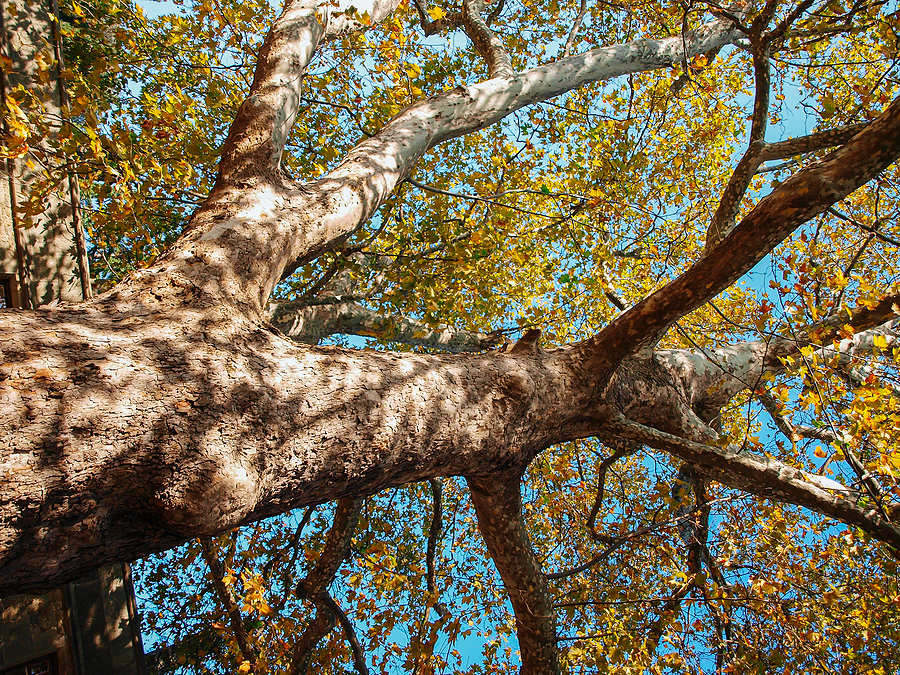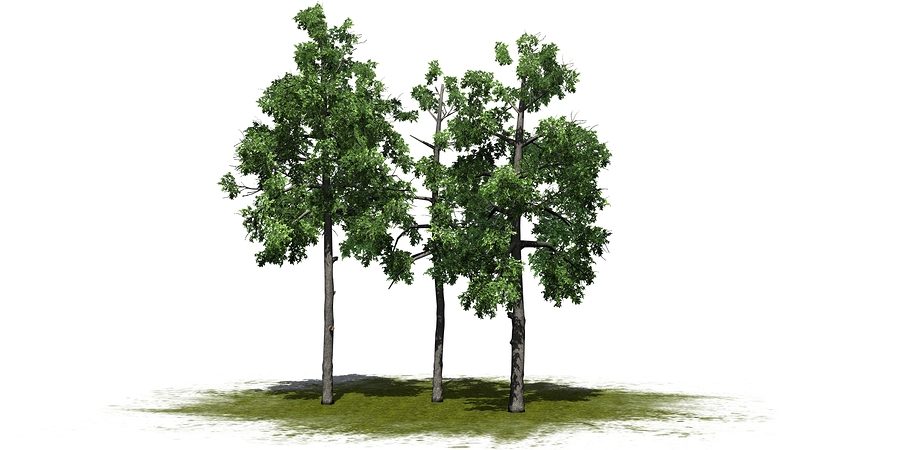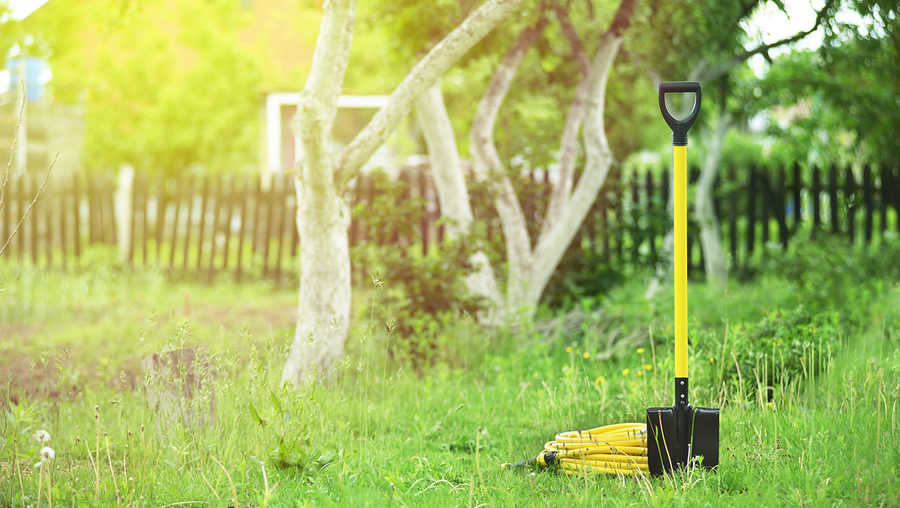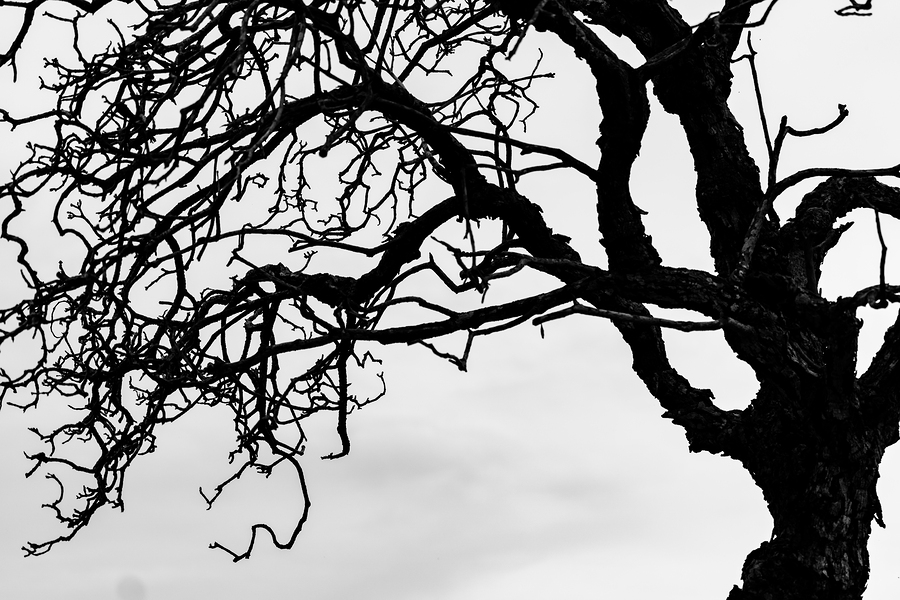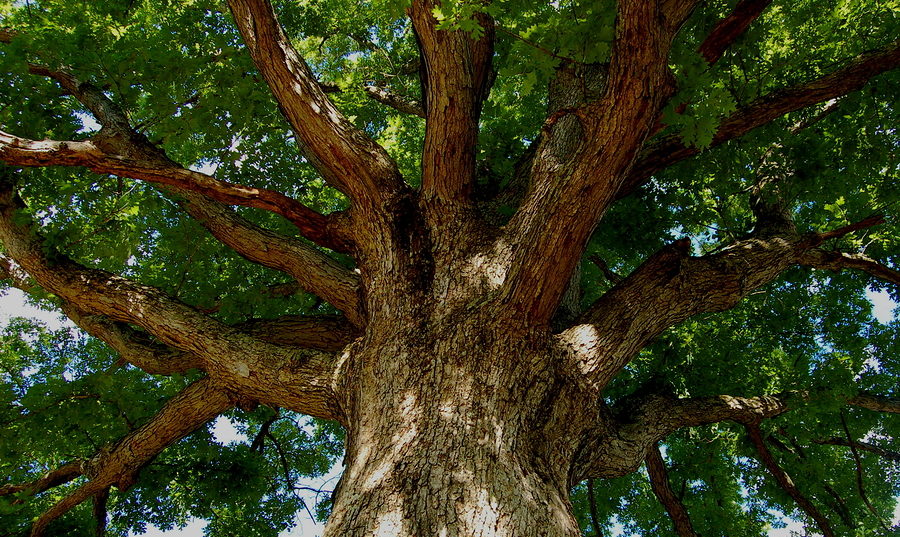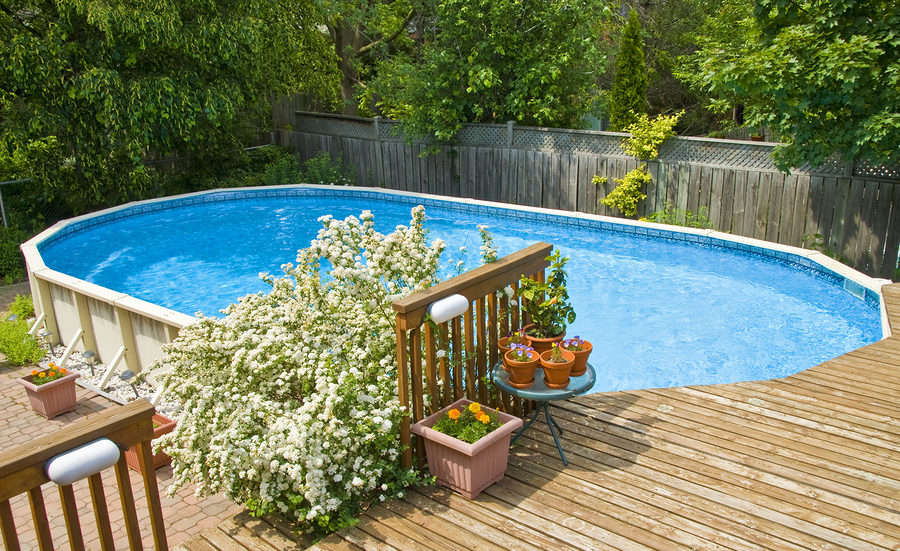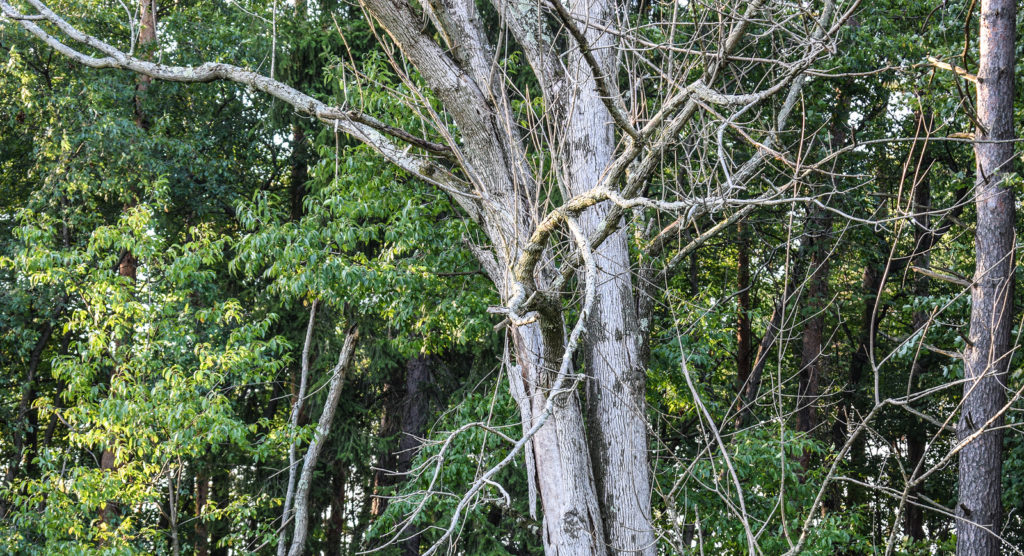When it comes to protecting your trees and landscaping, safe and effective pest control products can be a fantastic approach. There are several varieties of insecticides to choose from, all for various types of pests and vermin. Some products are toxic and unsafe for trees and nature; however, there are also safe and effective solutions available for purchase as well. It is simple to find these environmentally-free pesticides; just be sure to read labels and do your research. This will ensure your trees, shrubs, and landscaping are safe and protected, as well as the surrounding environment.
Continue reading to review some common and popular selections of pest control products for trees and more.
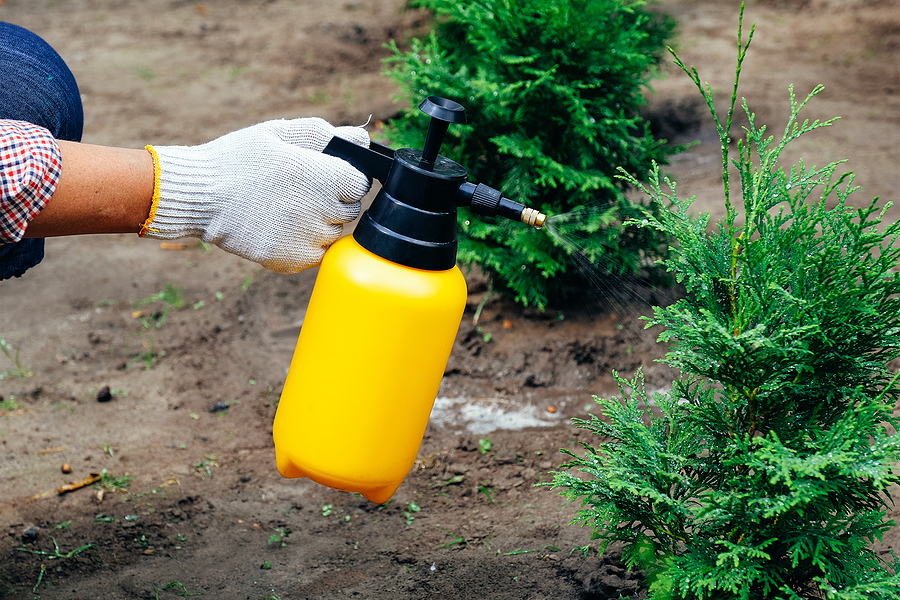
Bayer® Advanced Tree and Shrub Insect Control
This product comes in a blue bottle with a big red banner that reads, “Bayer Advanced”. It is beneficial for mature trees and/or a large number of trees. Because it is a concentrated formula, it provides protection for twice the number of trees and will not wash away with heavy rain or weather. To use, simply mix with water and pour at the base of the tree or bush. It also provides an entire year’s worth of protection, up to 12 months. It is scientifically designed to kill all pests and prevent infestations during this time, including Emerald Ash Borer, ticks, beetles, termites, and more. It not only protects trees; it also protects and treats shrubbery of all kinds. A one gallon bottle generally costs $155 plus taxes. Bayer also provides a wide selection of pest control products for various landscaping protection needs; from fruit trees to rose gardens, and more.
Martin’s® Dominion Tree and Shrub Insecticide
This tree pest control products can be used to treat trees, bushes, gardens, shrubs, lawns, and more. It comes in a 32 ounce bottle that costs $24 plus tax. It protects trees and landscaping from insects like aphids, crickets, grubs, ticks, beetles, and more. This product is simple to use. The directions simply require the solution to be mixed with water, and then applied to the soil and base perimeter of trees and other landscaping. It is rain-proof, safe to use, and non-toxic to the surrounding environment. Like most insecticides, this one treats trees and landscaping for up to one year. For twelve months trees and landscaping are protected from nuisance pests and insects.
Zylam® Liquid Systematic Tree Shrub Ornamental Insecticide
This product can be used as a drench, tree band, soil injection, or applied to bark and foliage. It protects trees and landscaping from pests and insects like Emerald Ash Borer, crickets, beetles, grubs, larvae, and more. The solution is designed to target insects through contact and ingestion. It even targets insects that hide underneath leaves by moving intravenously through the leaf. This product is safe and non-toxic to the environment, providing up to one year’s worth of protection. It is a clear and odorless solution that is easy to use and administer. This product can be purchased in a 10 court bottle for $155 plus taxes.
Where to Get Trusted Indianapolis Tree Care at the Right Price
Call Timberland Tree Care at 317-348-0811 to schedule your needed Indianapolis tree services for your residential or commercial property. We are licensed and experienced tree care contractors who offer a wide range of professional-level tree work at all scopes. Whether you need a stump removed, or an entire lot cleared, we are the pros to trust for quality work at the right price.


